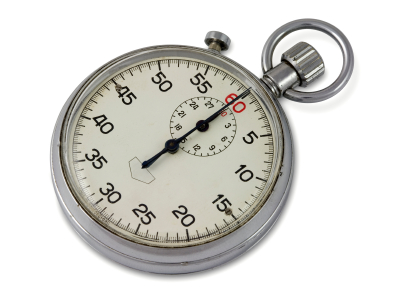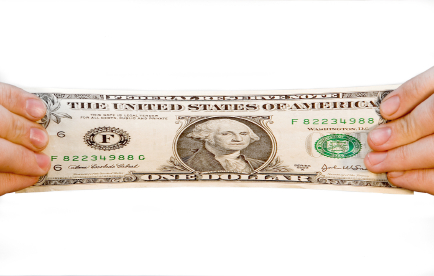It's been a Scrooge of a year, wouldn't you say? Ebenezer Scrooge - whom I caught on television the other night looking a lot like the actor George C. Scott - was a man who refused to share any of his wealth with the world around him. The year 2012 bears a resemblance.
This year, we endured a divisive battle for the presidency, which was fought at times as though the only thing that mattered was how much money either side could raise. That's a sad statement for a country that stands for democracy.
Thousands were wiped out financially and emotionally by superstorm Sandy. Many innocents were lost to deranged gunmen in Aurora, Colo., and Newtown, Conn.
The economy refused to rebound, and Washington wouldn't come to agreement over anything.
And so the year 2012 was stingy like Scrooge. But in "A Christmas Carol," Charles Dickens thankfully gives us examples of two people who don't lose faith in the old miser: his long-suffering clerk Bob Cratchit and his nephew, Fred.
Cratchit raises a glass to Scrooge over the family's meager Christmas dinner - and over Mrs. Cratchit's objections. And Fred continues to invite his uncle to dine, year after year, even though the old man riddles him with insults.
We all know the end of the story. After his ghostly visitations, Scrooge accepts dinner with Fred and becomes a generous benefactor to the Cratchits. And so, neither should we close our hearts to hope for the 21st century.
Taking a wide look around, here are a few silver linings that emerged in 2012.
*Apple announced that it is bringing back some of its manufacturing to the United States. In interviews, Apple's chief executive, Tim Cook, said the company would spend about $100 million on U.S. manufacturing operations in 2013.
*Several cities, including New York, are reporting declines in childhood obesity - perhaps showing that public health campaigns can be effective. Obesity is a significant factor in health care costs.
*The years-long deployment of soldiers to Iraq and Afghanistan resulted in an unexpected gain for quality child care in this country. When parents began shipping out, the Department of Defense realized that there weren't enough approved, private child care slots. So the military worked with a national organization, Child Care Aware, to train and certify child care providers, greatly expanding the supply of quality programs.
*Here's another unexpected gain. During the economic downturn that began in 2008, even as people are hurting financially, they are demonstrating more compassion. The Corporation for National and Community Service reports a rise in volunteerism - exactly the opposite of what happened during hard economic times in the past.
There are many more bright spots; we see them in our personal lives every day. Let's hold a hope in our hearts for rebirth in our public life as well.
This essay was first published in Newsday.







